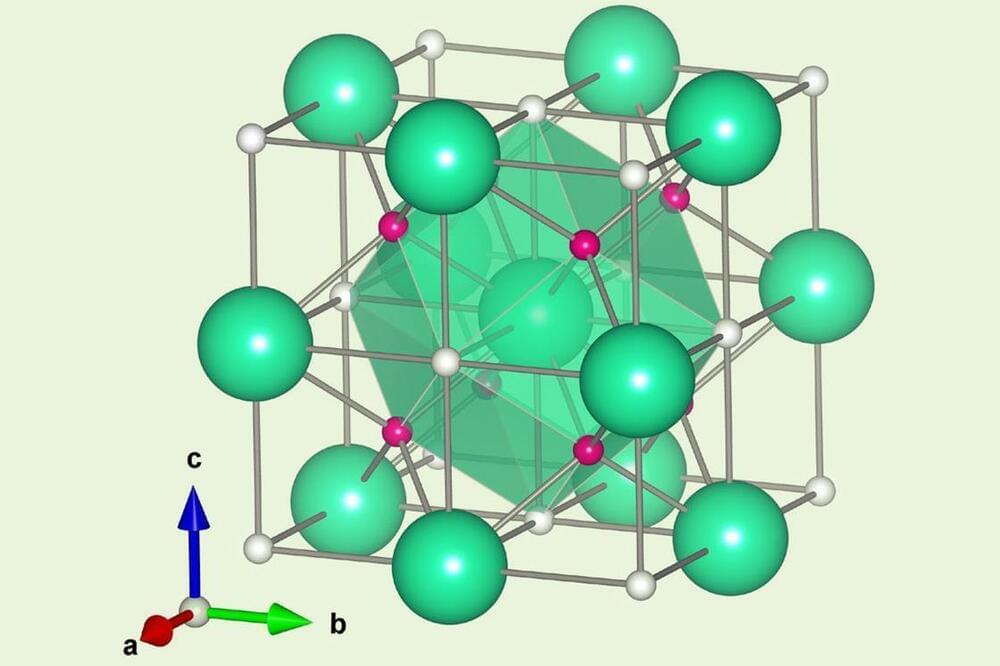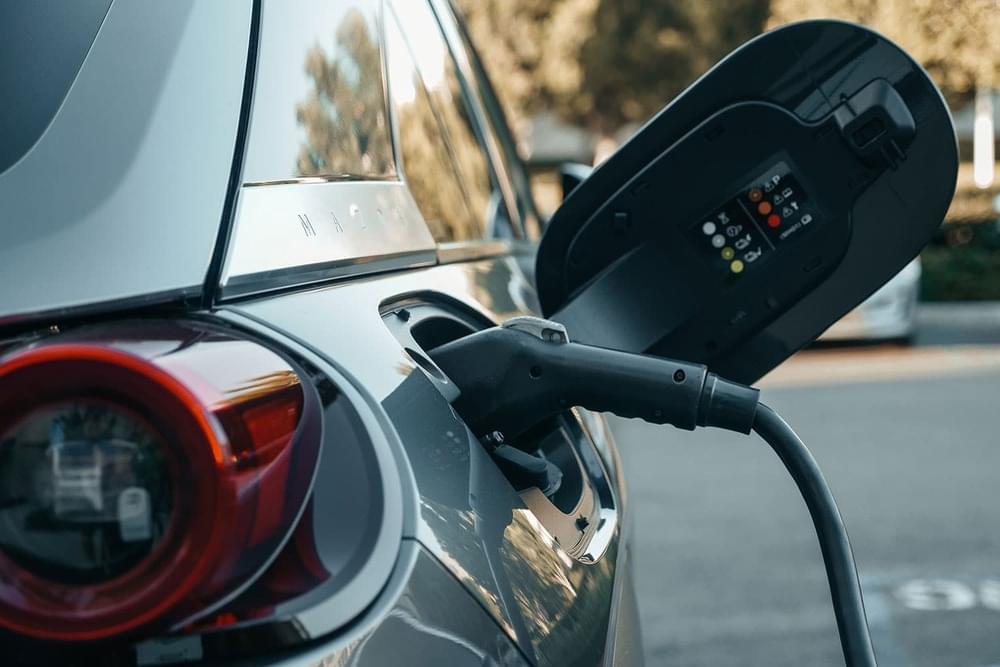Aleph Farms/Instagram.
Will the global resources be ready to accommodate the world’s dietary needs?
Aleph Farms/Instagram.
Will the global resources be ready to accommodate the world’s dietary needs?

Exploiting the natural and energy resources of the moon and asteroids can spark a space-based industrial revolution that could be a boon to all humankind. Pure science alone will be enough reason for the people who pay the bills to finance space exploration. Accessing the wealth that exists beyond the Earth is more than enough incentive for both public and private investment. Science will benefit. Someone will have to prospect for natural and energy resources in space and to develop safe and sustainable ways to exploit it.
Conflict between scientists and commercial space is already happening. Astronomers complain that SpaceX’s Starlink satellite internet constellation is ruining ground-based observation. Some critics fear that commercial exploitation of the moon’s resources will impede the operation of telescopes on the far side of the moon.

In an exciting turn for the field of sustainable energy research, Australian scientists have found a way to make energy out of thin air. Literally.
As detailed in a new study published this week in the journal Nature, researchers from Monash University in Melbourne, Australia discovered a new bacterial enzyme that transforms the traces of hydrogen in our atmosphere into electricity, technology that could one day be used in fuel cells that power anything from a smartwatch to even a car.
“We’ve known for some time that bacteria can use the trace hydrogen in the air as a source of energy to help them grow and survive, including in Antarctic soils, volcanic craters, and the deep ocean,” said Professor Chris Greening, a contributor to the study, in a statement.

A Norwegian Greentech company has recently unveiled its new 1,000-foot (324m) tall, floating wind turbine array. Called “Wind Catcher”, this innovation in renewable energy generation could be used to power as many as 80,000 homes.
The system has been developed by the Norwegian-based Wind Catching Systems (WCS), who declare that their new wind turbine setup could generate five times the annual energy of the world’s biggest standalone wind turbines. Not only that, but if scaled, it could reduce the costs of wind energy to be competitive with traditional grid-supplied electricity.

Companies could one day make superconductive quantum computer chips that function at room temperature thanks to a new material from researchers in the US. Ranga Dias from the University of Rochester and colleagues made a material superconductive at 21°C and pressures less than 1% of those used for existing high-temperature superconductors. ‘The most exciting part is the pressure,’ Dias tells Chemistry World. ‘Even I didn’t think this was possible.’
Together with Ashkan Salamat’s team at the University of Nevada, Las Vegas, the scientists say that electrical resistance in their nitrogen-doped lutetium hydride falls to zero at room temperature. Making room-temperature zero-resistance materials is a chemistry ‘holy grail’ and could fight climate change by reducing the 5% of electricity lost as heat while flowing through the grid.
However, Dias and Salamat’s team hasn’t been able to fully confirm the new material’s structure. As hydrogen atoms are so small they don’t easily diffract the x-rays used to work out the material’s composition. And this is an important reservation, considering the publisher of the team’s previous high-temperature superconductor paper retracted it.
Since the advent of quantum mechanics, the field of physics has been divided into two distinct areas: classical physics and quantum physics. Classical physics deals with the movements of everyday objects in the macroscopic world, while quantum physics explains the strange behaviors of tiny elementary particles in the microscopic world.
Many solids and liquids are made up of particles that interact with each other at close distances, leading to the creation of “quasiparticles.” Quasiparticles are stable excitations that act as weakly interacting particles. The concept of quasiparticles was introduced in 1941 by Soviet physicist Lev Landau and has since become a crucial tool in the study of quantum matter. Some well-known examples of quasiparticles include Bogoliubov quasiparticles in superconductivity, excitons in semiconductors.
Semiconductors are a type of material that has electrical conductivity between that of a conductor (such as copper) and an insulator (such as rubber). Semiconductors are used in a wide range of electronic devices, including transistors, diodes, solar cells, and integrated circuits. The electrical conductivity of a semiconductor can be controlled by adding impurities to the material through a process called doping. Silicon is the most widely used material for semiconductor devices, but other materials such as gallium arsenide and indium phosphide are also used in certain applications.
Researchers are coming to understand that the best performing materials in sustainable energy applications, such as converting sunlight or waste heat to electricity, often use collective fluctuations of clusters of atoms within a much larger structure. This process is often referred to as “dynamic disorder.”
Understanding dynamic disorder in materials could lead to more energy-efficient thermoelectric devices, such as solid-state refrigerators and heat pumps, and also to better recovery of useful energy from waste heat, such as car exhausts and power station exhausts, by converting it directly to electricity. A thermoelectric device was able to take heat from radioactive plutonium and convert it to electricity to power the Mars Rover when there was not enough sunlight.
When materials function inside an operating device, they can behave as if they are alive and dancing—parts of the material respond and change in amazing and unexpected ways. This dynamic disorder is difficult to study because the clusters are not only so small and disordered, but they also fluctuate in time. In addition, there is “boring” non-fluctuating disorder in materials that researchers aren’t interested in because the disorder doesn’t improve properties. Until now, it has been impossible to see the relevant dynamic disorder from the background of less relevant static disorder.

“Now is the moment for a rigorous portrait of Elon Musk.”
Alex Gibney, an award-winning filmmaker, is working on a new documentary about Elon Musk. The movie “Musk” aims to be “a definitive and unvarnished investigation” of the multibillionaire CEO of SpaceX, Tesla, and Twitter. The project has been in the works for months.
Other documentaries by Gibney have explored topics such as Steve Jobs, Enron, WikiLeaks, Elizabeth Holmes, Scientology, and more.
Wikimedia Commons.
“I have been working on this film, off and on, for some time and am hugely excited about it,” said Gibney, as reported by Business Insider. “I am delighted by this extraordinary group who are working with me. Onward!”

Recycling spent lithium-ion batteries plays a significant role in alleviating the shorting of raw materials and environmental problems. However, recycled materials are deemed inferior to commercial materials, preventing the industry from adopting recycled materials in new batteries.
Now, researchers at Worcester Polytechnic Institute (WPI) in Massachusetts have demonstrated that the recycled materials from used lithium-ion batteries can outperform new commercial materials, making the recycled materials a potentially green and profitable resource for battery producers. Led by Yan Wang, professor in the Department of Mechanical and Materials Engineering, the team of researchers used physical tests, imaging, and computer simulations to compare new cathode materials recovered from old electric vehicle batteries through a recycling process, which is being commercialized by Battery Resourcers Inc. of Worcester.
The technology involved shredding batteries and removing the steel cases, aluminum and copper wires, plastics, and pouch materials for recycling. Researchers then dissolved the metals from those battery bits in an acidic solution. They by tweaking the solution’s pH, the team removed impurities such as iron and copper and recovered over 90% of three key metals – nickel, manganese, and cobalt. The recovered metals formed the basis for the team’s cathode material.
The soot produced by unburnt hydrocarbon flames is the second largest contributor to global warming, while also harming human health. Researchers have developed state-of-the-art, high-speed imaging techniques to study turbulent flames, yet they are limited to an imaging rate of million-frames-per-second. Physicists are therefore keen to obtain a complete picture of flame-laser interactions via single-pulse imaging.
In a new report published in Light: Science & Applications, Yogeshwar Nath Mishra and a research team at the Caltech Optical Imaging Laboratory, the NASA Jet propulsion lab, department of physics, and the Institute of Engineering Thermodynamics in the U.S., and Germany, used single-shot laser-sheet comprised ultrafast photography per billion frames per second, for the first time, to observe the dynamics of laser-flames.
The team noted laser-induced incandescence, elastic light scattering and the fluorescence of soot precursors such as polycyclic aromatic hydrocarbons in real-time, with a single nanosecond laser pulse. The research outcomes provide strong experimental evidence to support soot inception and growth mechanisms in flames. Mishra and the team combined a variety of techniques to probe the short-lived species in turbulent environments to unravel the mysteries of hot plasma, nuclear fusion and sonoluminescence.